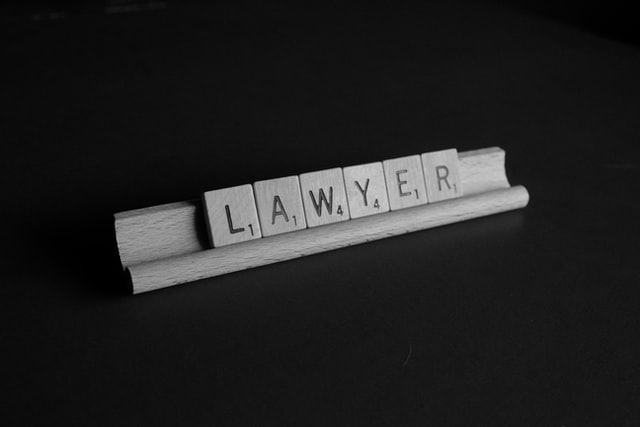
STARTING A TATTOO STUDIO: A LAWYER’S PERSPECTIVE
December 28, 2020
Benefits of Hiring a Lawyer for Wrongful Termination
January 9, 2021What does it mean to be Insolvent?
When a company is unable to pay its debts, it is considered to be insolvent. This is a commercial term that refers to businesses unable to meet their financial obligations. There are two different ways insolvency can be identified. These are the balance sheet and cash flow.
Balance Sheet Deficits
This is also known as being technically insolvent. It occurs when a business’s negative net assets or liabilities are greater than its assets. In this situation, a business could sell all of its assets, including inventory, real estate, and more. They would then still be unable to meet the financial obligations of their outstanding debts. Many businesses operate and thrive while being technically insolvent, but are continuing to grow and operate.

Cash Flow Deficits
This is when a business is struggling to pay its debts as and when they become due. This can happen when a company is making a major expansion or large capital expenditures which do provide revenue until they are complete. This is a situation often known as illiquidity and is usually readily apparent to a company’s management and can lead to a formal bankruptcy if prolonged.
Bankruptcy and Insolvency Act (BIA)
This is a Canadian Federal statute that governs the formal insolvency process in Canada. It governs consumer proposals, individual and corporate bankruptcies as well as the appointment of a receiver. For individuals the Bankruptcy and Insolvency Act provides a way for an insolvent person to make proposals to their creditors for their debt to be adjusted. For insolvent corporations, the Act sets out how debts are to be prioritized and the manner in which assets of an insolvent company are to be distributed.
Companies’ Creditors Arrangement Act (CCAA)
Insolvent corporations with more than $5 million of debt owed to their creditors may be able to restructure their financial affairs under the Companies’ Creditors Arrangement Act. A successful application under the CCAA enables a company to continue to do business while seeking arrangements with creditors to resolve the companies debts.
Liquidation under the Bankruptcy and Insolvency Act
Companies which are too small for a CCAA filing are usually liquidated in a receivership or in a bankruptcy. The Bankruptcy and Insolvency Act provides a structured manner for a businesses asset to be sold off for the benefit of its creditors. The bankruptcy process is known for its lack of flexibility and generally results in the complete closure of a business. For larger companies, a reorganization under the CCAA is usually preferred.

Reorganization under the Companies’ Creditors Arrangement Act
A successful CCAA filing is a powerful tool to stay a company’s creditors or even break contracts with third parties. The CCAA process will be overseen by a Justice of the Court of Queen’s Bench who sits on the commercial list. For a CCAA to proceed a monitor will be appointed and the company, the monitor and major creditors will be required to attend court on a monthly basis.
Assets are often sold during a CCAA process though the intent is different that in bankruptcy. A company restructuring under the CCAA is considered to be worth saving and the point of selling assets it enable to business to survive at the end of the process. Any sales of major assets under the CCAA process must be approved by the court. If you believe your company is insolvent contact Baker Law Firm today to begin discussing the options available to you.




